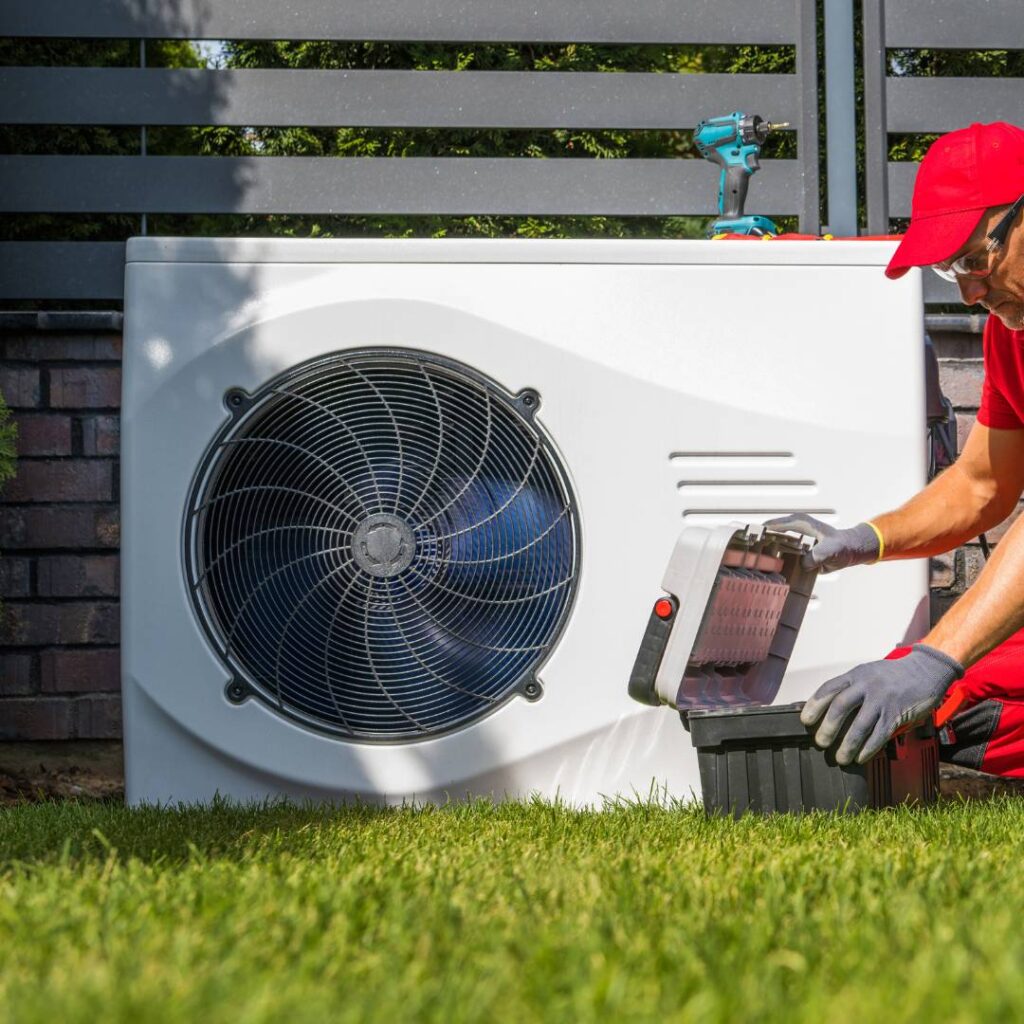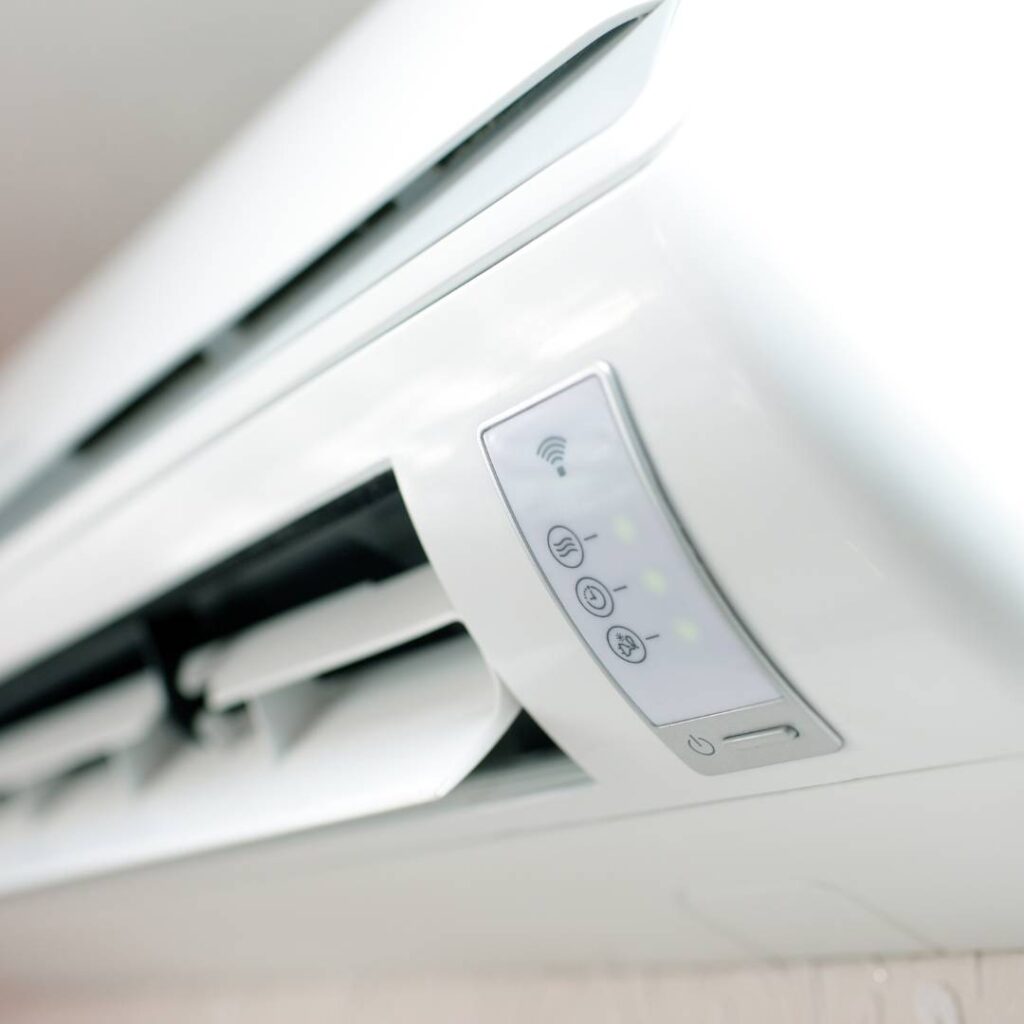If you’re in the market for a new HVAC system or looking for ways to improve your energy efficiency, you may have come across the term “SEER rating.” But what does SEER in HVAC systems mean?
Understanding a system’s SEER rating can make a big difference in both comfort and energy efficiency.
We’ll explain everything you need to know about SEER ratings in HVAC systems, from what they are and why they matter, to how to determine the right SEER rating for your home. Let’s get started!
What is SEER?
SEER stands for Seasonal Energy Efficiency Ratio. It is a measure of an HVAC system’s energy efficiency over the course of a cooling season. The higher the SEER rating, the more efficient the HVAC system is at cooling your home.
SEER ratings are calculated by taking the cooling output of a system over the course of a year and dividing it by the energy consumed during that time. Essentially, the SEER rating tells you how many units of cooling your system is capable of producing per unit of energy consumed.
It’s the ratio of the amount of cooling produced in British Thermal Units (BTUs) divided by the number of watts used.

Why Does SEER Matter?
SEER matters because it determines the energy efficiency of your HVAC system. Replacing a unit that’s a decade or older could save as much as 20 to 40% on your energy costs each year, and newer units are often a lot quieter and can cool more evenly than their older counterparts.
Moreover, new energy standards established by the U.S. Department of Energy starting in 2023 require air conditioners to achieve a minimum SEER rating of 13, and most units fall within a 13 to 21 SEER rating range.
American Standard Heating and Cooling air conditioners range from 14.5 up to 22 SEER. A higher SEER rating equates to greater efficiency and lower energy bills over the course of time, so take the time to investigate what kind of unit would be best for your home before making a purchase decision.
Ultimately going with a higher SEER HVAC system translates to lower energy bills, reduced carbon footprint, and a more comfortable home overall.
The Benefits of High SEER Ratings
- Increased lifespan of your HVAC system since more efficient units require less energy to run and therefore encounter less wear and tear over time
- Savings on monthly energy bills due to lower energy consumption, helping you recoup some or all of your initial investment cost over time
- Reduction in carbon emissions from inefficient energy systems, helping you do your part for the environment
- Potential eligibility for certain tax credits by purchasing an HVAC unit with a high SEER rating

How to Determine the Right SEER Rating for Your Home
The federal minimum as of 2023 is now 13 SEER, but you have options that run up to 25 SEER. So, when it comes to finding the right SEER rating for your home, there are a few key factors you’ll want to consider.
1. Calculate the average size of your home and its climate, hot or cold. This will give you an indication of how much energy is needed to keep it at a comfortable temperature.
2. Research different types of HVAC systems that fit your home. Each system comes with its own SEER rating which should be closely considered before purchase.
3. Quiltiy of your insulation and ductwork. Depending on how good or bad these things are in your home will also have an impact on how high of a SEER you should get.
4. Consult with an HVAC contractor who can help you determine what type and size of HVAC unit would best suit your specific needs.
FAQ: Common Questions About SEER Ratings
Q. What is a SEER rating and why is it important?
A. A SEER rating, short for Seasonal Energy Efficiency Ratio, is used to measure the efficiency of air conditioning units and heating systems. It is important because as the rating increases, so does the energy efficiency and lower energy costs for cooling your home.
Q. What should I look for when selecting an HVAC system?
A. When selecting an HVAC system, you’ll want to consider its size, climate (hot or cold), type of system installed and the SEER rating associated with it. Consult with an expert if necessary in order to determine what would be best suited for your specific needs.
Q. Are there any tax credits available for high-efficiency units?
A. Yes! Depending on where you live, certain tax credits or rebates may be available when you purchase an HVAC system with a qualifying high-efficiency (SEER) rating. Check your local area and research online to better understand what’s available and how it could potentially help reduce your costs over time.
Q. How Much Can It Save?
A. According to Energy.gov, by making a simple switch from a 9 to 14 SEER HVAC system, you can reduce your energy usage by 35%. Which translates to around $35 a month if you have a monthly bill of $100.
Q. How often should I get my HVAC unit serviced?
A. It depends on usage, but typically every 6 months – 1 year is generally recommended in order to ensure that your unit is running efficiently and safely all year round.

Upgrading High SEER Rating HVAC Systems
Choosing an HVAC system with a high SEER rating is an important decision if you want to reduce energy costs, save on taxes and do your part for the environment.
The factors involved in selecting the right one can vary depending on a few factors, so make sure to investigate what kind of unit would be best for your home before making a purchase decision. With the right information, you can rest assured that you’re making the most out of your HVAC system and enjoying all the benefits it has to offer.
If you need help understanding SEER rating for HVAC systems or need a professional to help you choose the right one for your home, contact us here at Thomas Service Company today.

